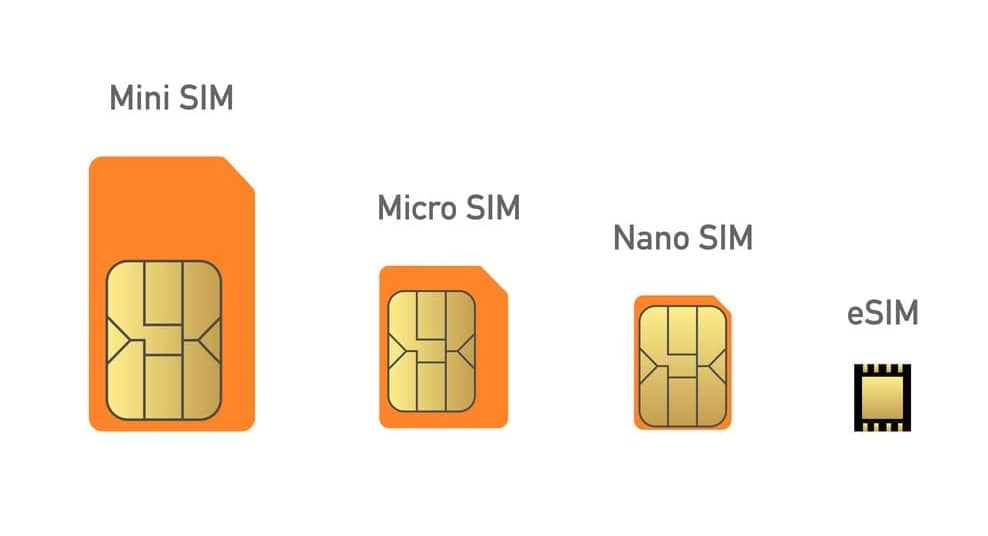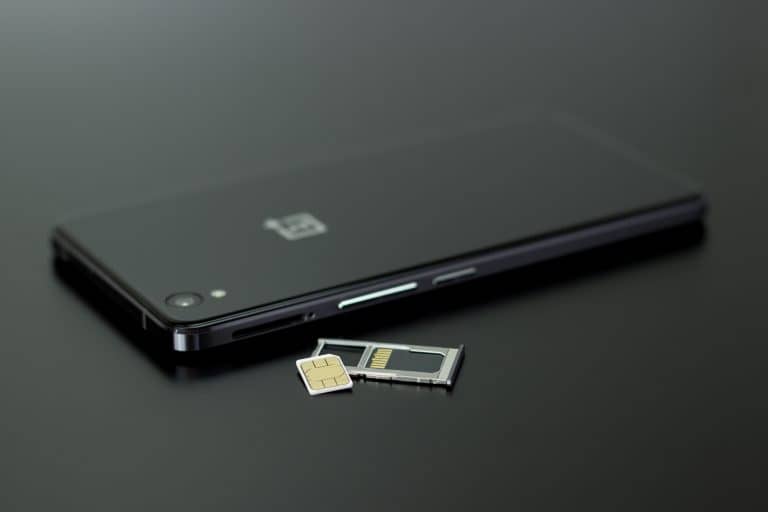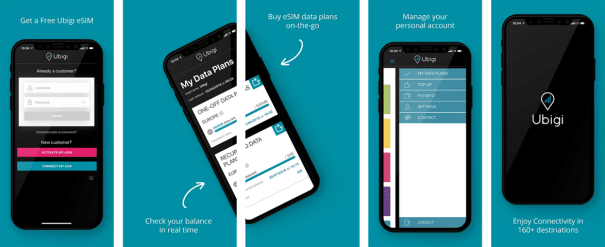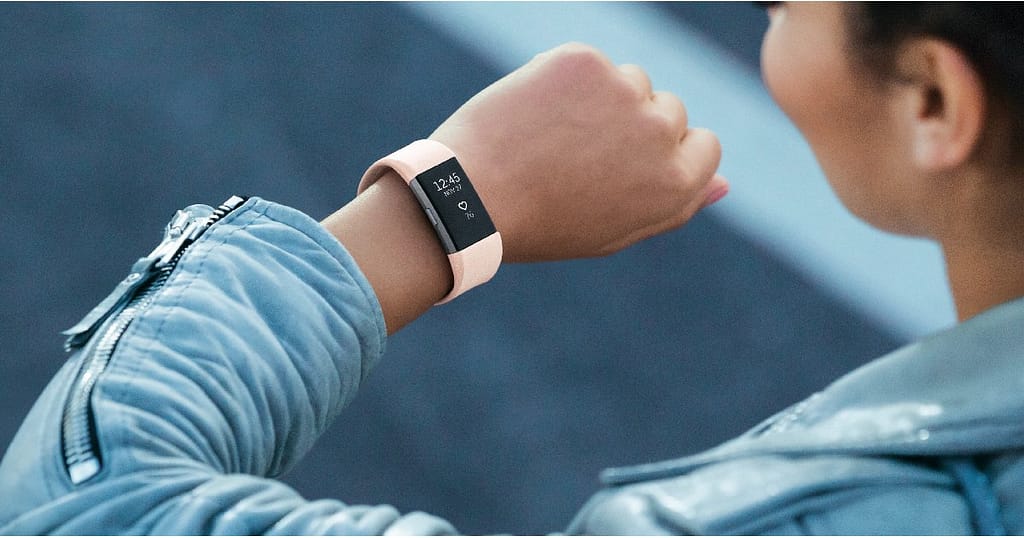Will SIM cards become obsolete?
It seems like more and more physical media are getting overtaken by digital substitutes, affecting everything from game downloads to event tickets, leaving some people nostalgic for the days when you could enjoy the smell of a freshly unwrapped CD.
Yet another piece of tech that could be going that way is the humble SIM card, you probably know what they are, but in case you don’t, they are those little chips that go into your phone to allow you to connect to a cellular network.
Their function is to identify who you are to your mobile provider so that they know you are not some outsider trying to randomly use their network for free.
SIM cards will become obsolete in the years to come. They will be replaced by something called an eSIM. An eSIM is a digital SIM that allows you to activate a cellular plan from your carrier without having to use a physical SIM card

eSIM (Embedded Subscriber Identity Module) is the virtual successor of a regular SIM card. A lot of phone manufacturers are interested in moving to the eSIM, and in fact, several flagship devices already have them, including newer iPhones, Samsung Galaxy devices, and Google’s Pixel line up.
Why are we bothering to change?
The biggest reason is flexibility, with traditional SIM cards, getting a new phone plan meant that you needed to physically go and pick up a SIM card in the store, and then fiddle with that weird tray on your phone and it is so annoying if you loose that pokey SIM removal tool.

eSIMs instead can be delivered over the air by dialing a designated phone number from your provider, scanning a QR code, or using an app. Making things a lot easier for frequent travelers, who might need to get on a different network when they are traveling to different countries.
It also looks like more phones will feature both, eSIM and traditional SIM support, and many eSIM devices will support storing more than one SIM code at a time, this means it will be a lot easier to simply add a traveler SIM to your plan when you are abroad, instead of having to deal with finicky roaming when you land.

You can just buy an eSIM before your trip and ensure you are connected at all times. You can also easily use your business and personal phone plans on the same device. You can even have a separate voice and data plan if you find a better deal or faster speeds with another provider.
eSIMs could end up having greater benefits than just making your phone a bit more convenient to use. Although physical SIM cards aren’t all that big, the card slots in our devices are still bulky enough to take up valuable space, a big problem in small gadgets.
eSIMs, which obviously don’t require the extra slot, could increase the adoption of smaller devices like in net of the things, gadgets, or smartwatches that don’t have to rely on a phone to connect to a cell network. And importantly, eSIM technology has the blessing of the GSMA(Global System for Mobile Communications Association), meaning major network carriers are backing it.

So, it really looks like it’s going to be a question of when it becomes widespread, as opposed to if. However, don’t be surprised if your next phone doesn’t support it, especially if you are not buying a top-end device.
Is it the right time to switch from regular SIM to eSIM?
Although the benefits of eSIM are coming, people trying to use it currently have remarked that in many cases you still have to go into a store to buy an eSIM QR code. Moving an eSIM subscription to a different device can be at least for the time being, more complicated than just swapping out physical SIM cards.
Speaking of physical cards, there is some concern that eSIM, because it can be pushed over the air, is more susceptible to social engineering type attacks than traditional SIMs are, though there are some backstops that are already in place to help keep that from happening.
What we Think?
There is a chance that eSIM card could be a security, by making it easier to track a stolen phone, and harder to sell one since you can’t just yank out a card. And of course, it takes time and money for the cell carriers to transition the current systems over to eSIM to make it easier to use, but hopefully, it will happen before too long.



